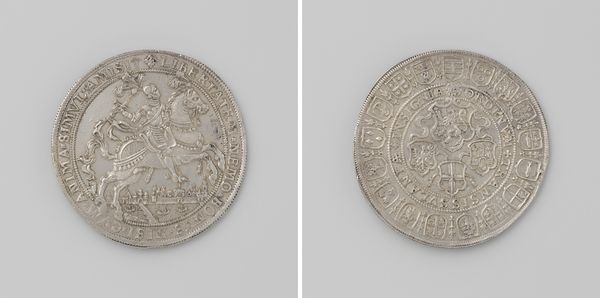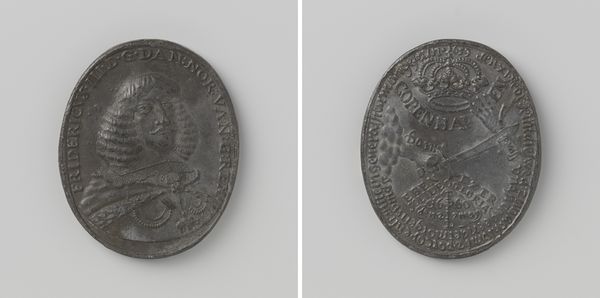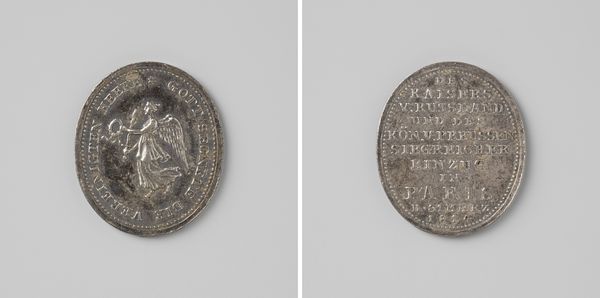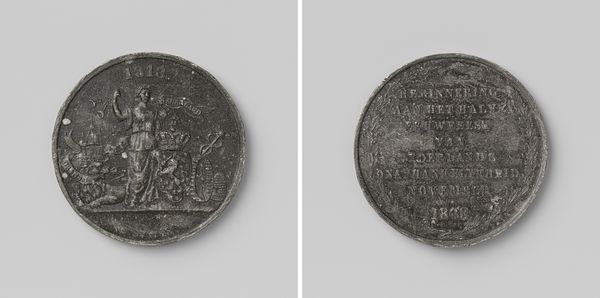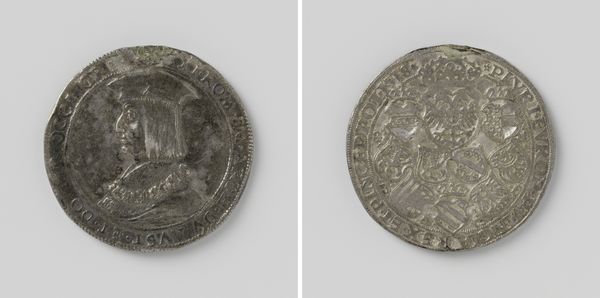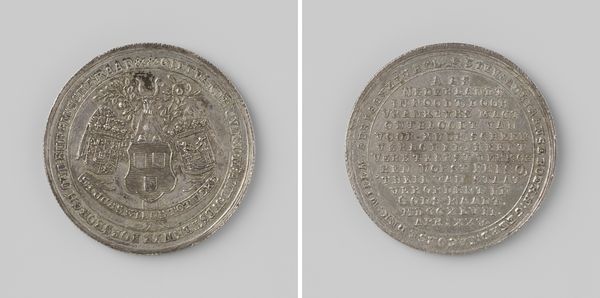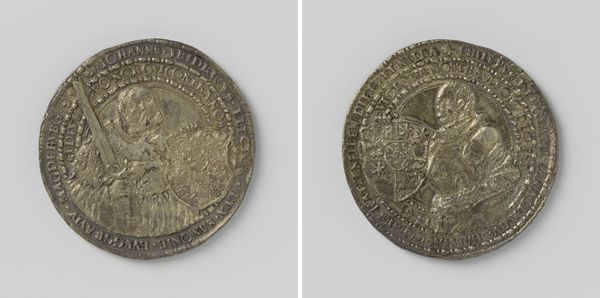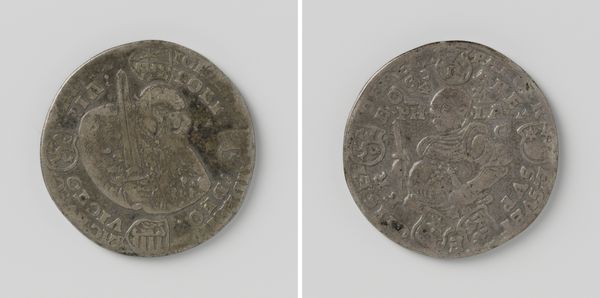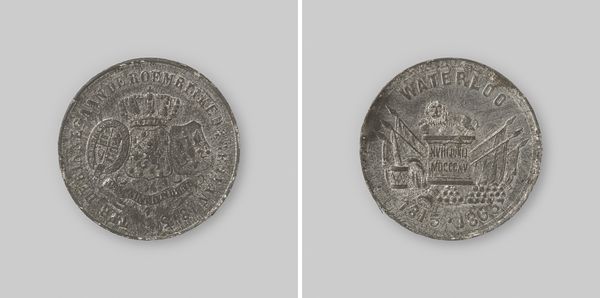
metal, relief, engraving
#
baroque
#
metal
#
relief
#
history-painting
#
engraving
Dimensions: diameter 5.2 cm, weight 37.62 gr
Copyright: Rijks Museum: Open Domain
Editor: This metal relief from 1629, entitled "Verovering van Wezel door Frederik Hendrik" by Laurens van Teylingen, is striking! It's much smaller than I initially imagined and, given its age, is very well preserved. What catches your eye in this work? Curator: The materiality itself. Consider the choice of metal for a relief commemorating a military conquest. It suggests permanence, a desire to immortalize the event. Metal's durability speaks to the enduring power the artist sought to convey. Also, how do the economics of metal work play into this project? The metal itself becomes a raw record of the process. Editor: That's fascinating, I never considered that angle. It also seems that, given the precision evident, highly skilled metal workers must have been employed. How does that labour change its cultural value? Curator: Exactly! Who owned it and who was it marketed towards? This changes it from just decorative, to also one of labour, trade and marketing, thus changing its function and signifying different ideas. Consider how its function changes based on who possesses this artwork. It speaks to the political powers, socio-economic relationships, and how these details were used for symbolic gestures. What impact does its original owner's context leave behind? Editor: This helps frame a new way of looking at art! Thank you for shedding light on it for me. Curator: Of course. I believe there's always more to gain by examining process, social context and the art itself, in its materiality.
Comments
No comments
Be the first to comment and join the conversation on the ultimate creative platform.
